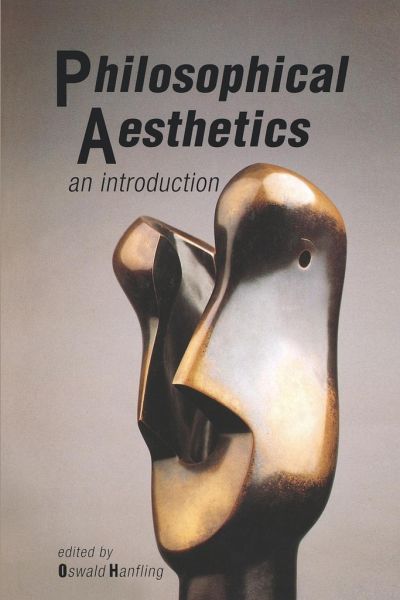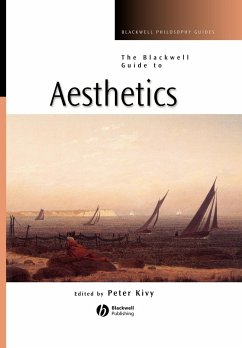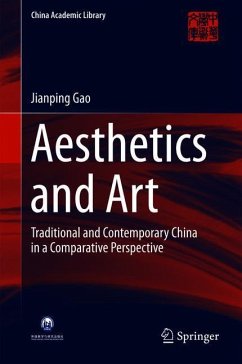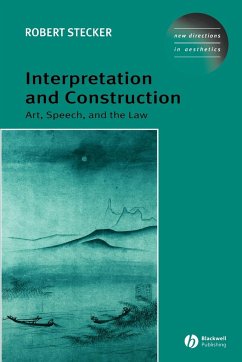Nicht lieferbar

Philosophical Aesthetics
Versandkostenfrei!
Nicht lieferbar
This volume contains surveys of the main issues in philosophical aesthetics, as discussed by thinkers from ancient Greece to modern times. It is written by members of the Open University and the intention throughout is to make the issues intelligible and interesting to as wide an audience as possible, including those readers with a general interest in the arts as well as more advanced students.The volume begins with questions about the nature of art and beauty. Are there any limitations to what may count as a work of art? Are imitations and forgeries really less valuable than original works? T...
This volume contains surveys of the main issues in philosophical aesthetics, as discussed by thinkers from ancient Greece to modern times. It is written by members of the Open University and the intention throughout is to make the issues intelligible and interesting to as wide an audience as possible, including those readers with a general interest in the arts as well as more advanced students.
The volume begins with questions about the nature of art and beauty. Are there any limitations to what may count as a work of art? Are imitations and forgeries really less valuable than original works? This is followed by discussions of aesthetic experience, truth and the imitation of nature in works of art. In later chapters the emphasis is on the value and evaluation of art. Should art exist for the good of society? What justification is there for censorship in the case of pornography? The final chapters deal with Marxist theories of art, and with structuralist and post-structuralist views in recent continental writings.
The volume begins with questions about the nature of art and beauty. Are there any limitations to what may count as a work of art? Are imitations and forgeries really less valuable than original works? This is followed by discussions of aesthetic experience, truth and the imitation of nature in works of art. In later chapters the emphasis is on the value and evaluation of art. Should art exist for the good of society? What justification is there for censorship in the case of pornography? The final chapters deal with Marxist theories of art, and with structuralist and post-structuralist views in recent continental writings.










